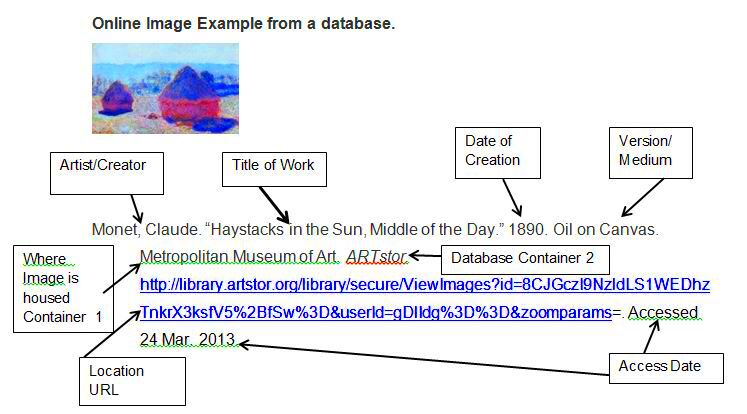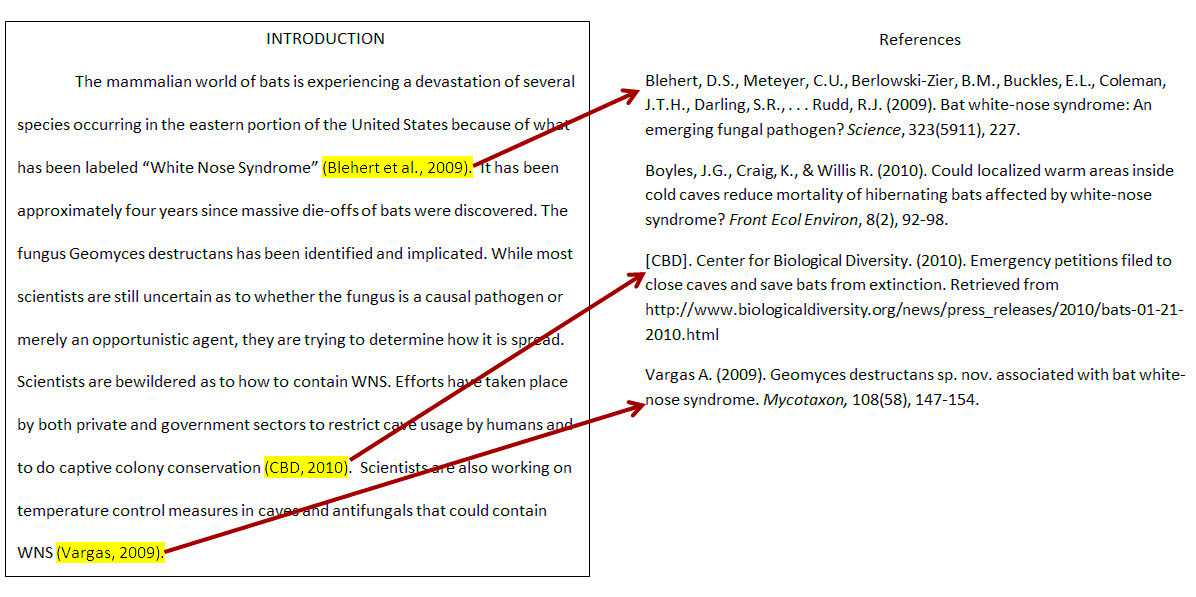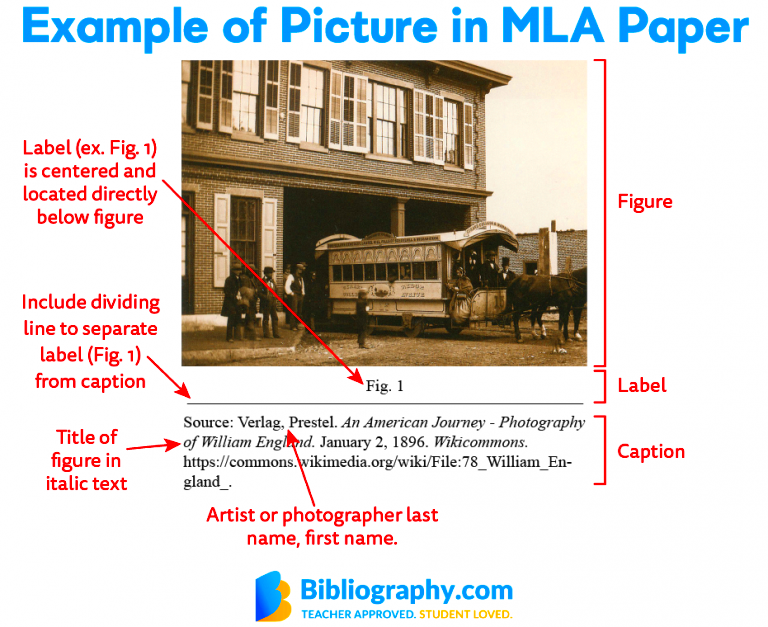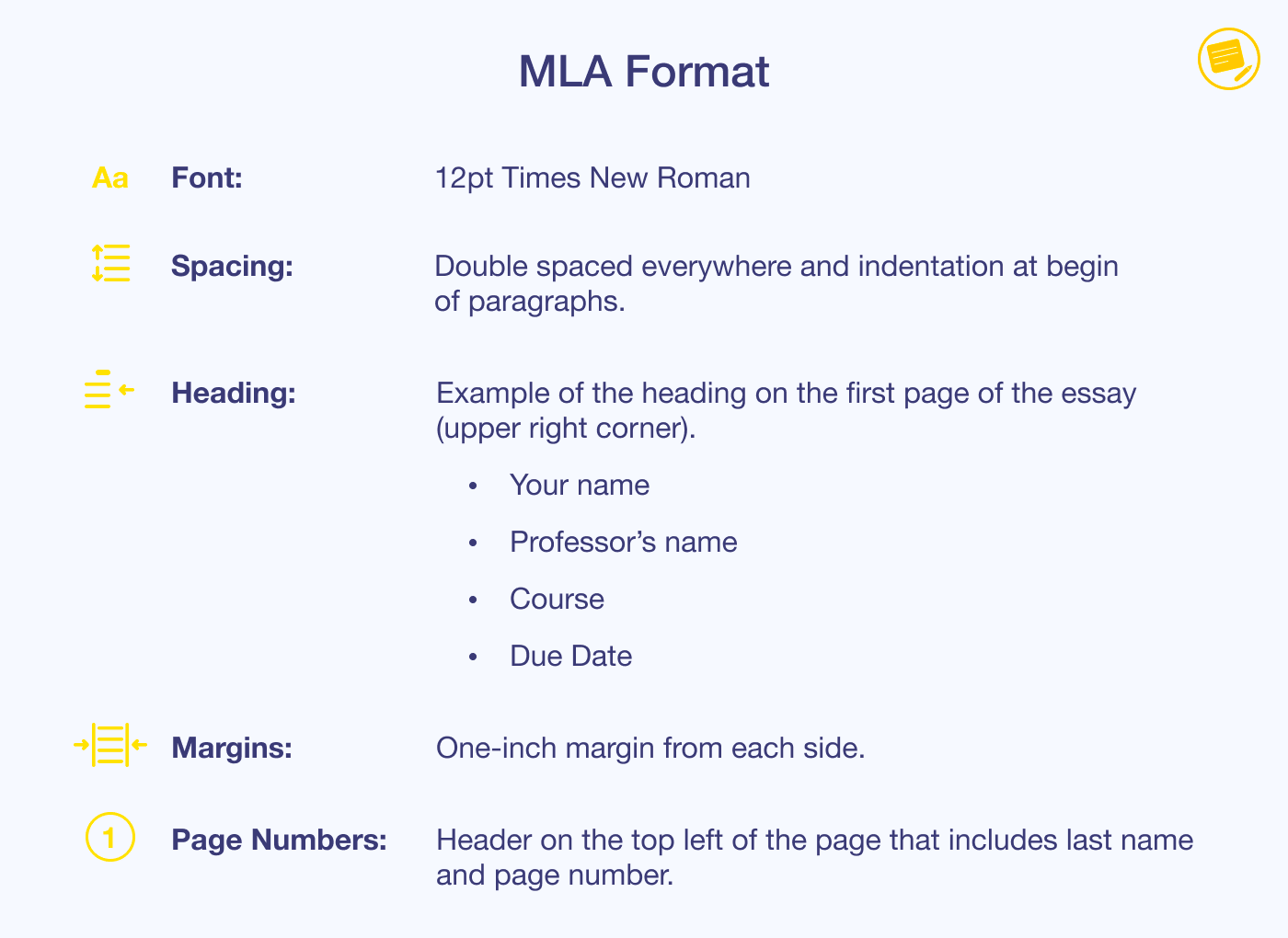When you're working on a research paper, including images can be a powerful way to support your argument and make your content more engaging. However, adding images is not just about picking something that looks good—it's about selecting visuals that enhance your message while adhering to academic standards. Moreover, it's crucial to properly cite the images you use, ensuring that you give credit to the original creators and avoid plagiarism.
In this section, we’ll explore the importance of images in research papers, how to choose them wisely, and the best practices for citing them correctly. By the end of this guide, you'll have a solid understanding of how to effectively incorporate images into your academic work.
Understanding the Role of Images in Research Papers

Images are more than just decorative elements in research papers—they serve as vital tools for communication. Whether you're presenting a chart, a photo, or an illustration, these visuals help break down complex ideas and data, making them easier for readers to understand.
Here’s why images are important in research papers:
- Clarity: Images can clarify concepts that might be difficult to explain with text alone, such as data trends or experimental setups.
- Engagement: Visuals help keep the reader engaged and make your paper more appealing to look at, which can improve the overall readability.
- Evidence: Images can serve as evidence to support your research findings, showing data, experiments, or case studies in a clear and compelling way.
- Efficiency: A well-chosen image can convey a lot of information in a small amount of space, saving you from lengthy descriptions.
However, it's essential to make sure the image is relevant and supports your research. Misusing or overloading your paper with images can confuse the reader or undermine your credibility.
Choosing the Right Image for Your Research Paper

Not all images are created equal. When selecting an image for your research paper, you need to ensure that it serves a purpose and aligns with the message you're trying to convey. Here's how to choose the right one:
- Relevance: The image should be directly related to the content of your paper. For example, if you’re discussing a scientific experiment, include an image of the setup or results, not just a random picture.
- Quality: High-quality images make a better impact on the reader. Avoid using pixelated or blurry images, as they can make your paper look unprofessional.
- Source: Always choose images from reliable and credible sources. Using images from websites that offer free, high-resolution photos or licensed stock images is a great way to ensure you have proper permission to use them.
- Licensing: Ensure the image is licensed for reuse, or that you have permission to use it. Always check the image's copyright status before including it in your research.
For example, if you're citing statistical data, charts or graphs from reputable journals or databases can visually complement your arguments. If you're working in a humanities field, historical photographs or artistic illustrations may be appropriate. The goal is to pick images that enhance the reader’s understanding of the topic, not distract from it.
Where to Find High-Quality Images for Research Papers

Finding the right image for your research paper can be challenging, but luckily there are many reliable sources where you can access high-quality images. These images not only add visual appeal to your paper but also ensure that you’re using credible and legally acceptable content. Let’s take a look at some of the best places to find high-quality images:
- Stock Image Websites: Websites like BigstockPhoto offer millions of high-quality, licensed images that can be downloaded and used in your research paper. Many stock image platforms have filters that help you find images suitable for academic use.
- Creative Commons Search: Creative Commons (CC) is a licensing system that allows creators to share their work with specific permissions. Websites like Creative Commons Search let you find free-to-use images, which may require attribution.
- Government and Educational Websites: Many government websites and educational institutions provide images, charts, and diagrams that are free to use. For example, NASA’s website offers high-quality images of space that are open for public use.
- Journals and Databases: Academic journals and research databases often provide images, diagrams, and charts as part of their published articles. These images are often peer-reviewed and are considered highly credible.
Always double-check the usage rights and make sure the image you’re using is either public domain or licensed for reuse. Using the right sources ensures that your images are not only high-quality but also legally compliant.
Proper Citation Methods for Images in Research Papers
Citing images correctly is just as important as citing text in your research paper. Incorrect or missing citations can lead to plagiarism, which can harm your credibility. Here’s how to cite images properly in your research paper:
- APA Style: In APA, images are cited similarly to books or articles. Include the creator's name, year of publication, title of the image, and the source (such as a website URL). For example: Doe, J. (2020). Image of a forest. Retrieved from https://www.example.com
- MLA Style: MLA format requires you to include the creator’s name, title of the image, the name of the website or publication, date of publication, and the URL. For example: Doe, John. “Image of a Forest.” Website Name, 2020, www.example.com.
- Chicago Style: Chicago style citation can vary depending on whether you are citing an image from a book or a website. A typical citation might look like: Doe, John. “Image of a Forest.” Website Name. Last modified January 1, 2020. www.example.com.
Remember to give credit to the creator and include all the necessary details like the title, source, and access date. If the image is from a book or other published source, cite the full reference accordingly.
Always check the citation guidelines of the style you're using, as proper citation is essential for maintaining academic integrity.
Common Mistakes to Avoid When Adding Images
While images can significantly enhance your research paper, they can also distract or confuse readers if not used properly. To ensure your images add value, here are some common mistakes to avoid:
- Using Low-Quality Images: Blurry or pixelated images can harm the professionalism of your paper. Always opt for high-resolution images to maintain clarity.
- Overloading Your Paper with Images: Too many images can overwhelm your reader and make your paper look cluttered. Choose visuals that are necessary and truly add to the content.
- Not Providing Proper Citations: Failing to cite an image properly is a major mistake. Always ensure that you follow the correct citation format and give credit to the image creator.
- Using Irrelevant or Unrelated Images: Images that don’t directly relate to the content of your paper can confuse your readers. Choose visuals that support and enhance your research, not distract from it.
- Ignoring Copyrights: Using images without permission can lead to legal issues. Always check the copyright status of any image you use and make sure it’s either in the public domain or licensed for reuse.
By avoiding these common pitfalls, you can ensure that your images contribute meaningfully to your research paper and help you avoid mistakes that could affect the quality of your work. Stick to the best practices, and your images will complement your research effectively.
Tools to Help with Image Downloading and Citation
When working on a research paper, finding and downloading the right images can take time. However, several tools can make this process easier, helping you quickly access high-quality images and cite them correctly. These tools help streamline the workflow, ensuring that you have everything you need to support your arguments visually and comply with citation rules.
Here are some useful tools to assist with downloading and citing images:
- BigstockPhoto Image Downloader: This tool allows you to search for high-quality images and download them for use in your research paper. With millions of images in various categories, BigstockPhoto offers a user-friendly platform to find the perfect image for your paper.
- Unsplash: Unsplash offers free high-resolution images that can be downloaded and used in academic projects. The images are free to use with proper attribution, and the website also includes citation guidelines.
- Pixabay: Pixabay provides a wide variety of free images, illustrations, and videos. The images are available under a simplified license that allows for both personal and commercial use, with no attribution required in most cases.
- Creative Commons Search: This tool helps you find images that are licensed for reuse. You can search across different platforms, and it filters out images that are copyrighted, ensuring that you only use content that you have the legal right to include in your work.
- Citation Tools (e.g., Zotero, EasyBib): These citation tools help you automatically generate citations for images from various sources. You can copy the image’s URL or add the details manually, and the tool will format the citation according to your chosen style.
Using these tools will save time and effort, enabling you to find appropriate images and handle citations with ease. The key is to always ensure the images are properly licensed and credited.
FAQ: Frequently Asked Questions About Adding Images in Research Papers
Adding images to a research paper often comes with many questions, especially regarding proper usage, citation, and permissions. Below are answers to some frequently asked questions to help guide you through the process:
1. Can I use any image I find on the internet?
No, not all images on the internet are free to use. You must ensure that the image is either in the public domain or that you have permission to use it. Look for images under Creative Commons licenses or use stock image sites that offer licensed content.
2. Do I need to cite every image I use?
Yes, just like any other source of information, images need to be properly cited. You should always provide credit to the original creator, whether the image is from a book, website, or a stock image source. Failure to do so could lead to plagiarism.
3. Can I modify an image before using it?
It depends on the license of the image. Some licenses allow modification, while others may prohibit it. Always check the licensing terms before making any changes to an image.
4. How do I choose the right image for my research paper?
Choose images that are relevant to your topic and add value to your content. Make sure the image is high-quality and clear, and ensure it accurately represents the point you're trying to make in your research.
5. What is the best format for including images in a research paper?
JPEG and PNG are the most common and widely accepted formats for images in research papers. Avoid formats that might be incompatible with your paper’s submission system or reduce image quality.
Conclusion: Best Practices for Adding and Citing Images
Adding images to your research paper can significantly enhance your work, making complex concepts easier to understand and providing visual evidence to support your arguments. However, it’s important to follow best practices when selecting, downloading, and citing images to maintain academic integrity and professionalism.
Here’s a quick recap of the best practices:
- Choose Relevant and High-Quality Images: Ensure the images you use are relevant to your research and of high resolution for clarity.
- Proper Citation: Always cite the image according to the required citation style (APA, MLA, Chicago, etc.). Include the creator’s name, title, source, and any necessary permissions.
- Use Credible Sources: Opt for reputable image sources like stock photo websites, Creative Commons, or government/public domain sites to avoid copyright issues.
- Avoid Overuse: Only use images that genuinely support your argument. Too many images can clutter your paper and distract from the main points.
- Check Licensing: Ensure the image you use is appropriately licensed for reuse. Don’t forget to give proper attribution if required.
By following these guidelines, you’ll not only improve the quality of your research paper but also ensure that you are using images responsibly and legally. Whether you’re writing for a class, journal, or publication, taking the time to properly incorporate and cite images will make your work more professional and credible.











